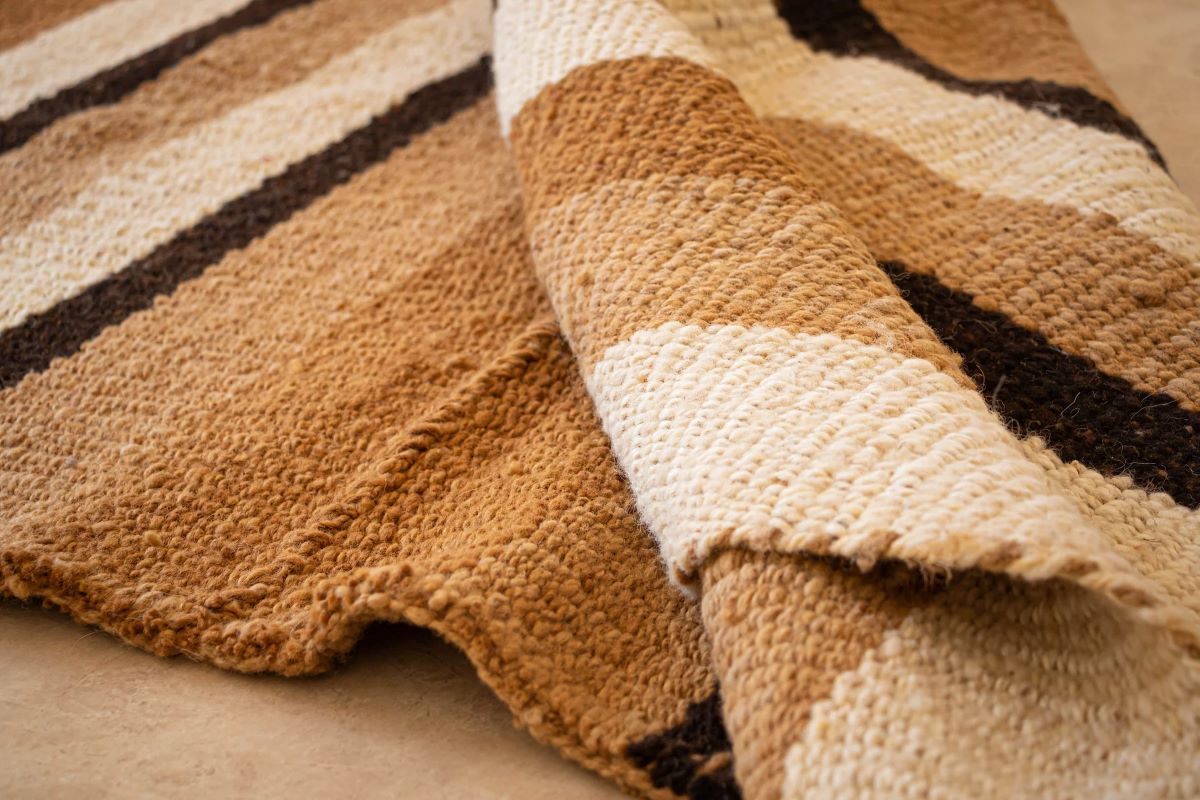

Articles
How To Store A Wool Rug
Modified: October 18, 2024
Learn how to properly store your wool rug to maintain its quality and prevent damage. Our informative articles provide step-by-step instructions and helpful tips.
(Many of the links in this article redirect to a specific reviewed product. Your purchase of these products through affiliate links helps to generate commission for Storables.com, at no extra cost. Learn more)
Introduction
Welcome to the ultimate guide on how to store a wool rug. Wool rugs are not only beautiful and luxurious but also an investment that requires proper care and maintenance. Whether you’re transitioning to a new season, moving to a new home, or simply need to store your wool rug temporarily, it’s crucial to follow the correct storage procedures to ensure its longevity and preserve its quality.
A wool rug can collect dirt, dust, and other debris over time, which can lead to discoloration, matting, and even potential damage to the fibers. By properly cleaning, preparing, and storing your rug, you can protect it from these risks and ensure it remains in pristine condition until you’re ready to use it again.
In this guide, we will walk you through the step-by-step process of storing a wool rug. From cleaning and preparing the rug to choosing the right storage space and method, we will cover all the essential details you need to know to safeguard your rug during its time in storage.
So, whether you have a beloved heirloom rug, a designer masterpiece, or a cozy area rug, let’s dive into the steps required to store it properly.
Key Takeaways:
- Properly storing a wool rug involves thorough cleaning, careful rolling or folding, and selecting the right storage space to protect it from damage and preserve its beauty for future use.
- Regularly inspecting and maintaining a stored wool rug is essential to ensure it remains in optimal condition, ready to be enjoyed again with its original beauty and quality intact.
Read more: How To Store Wool Rugs
Step 1: Vacuum and Clean the Rug
Before storing your wool rug, it’s crucial to ensure that it is thoroughly cleaned. This not only helps to maintain its appearance but also prevents any dirt or stains from setting in and causing long-term damage. Follow these sub-steps to effectively clean your rug.
Removing Surface Dirt and Dust: Start by vacuuming the rug thoroughly to remove any loose dirt, dust, or debris. Use a vacuum cleaner with a brush attachment or a handheld vacuum to gently go over the entire surface of the rug. Be sure to pay attention to the rug’s corners, edges, and any crevices where dirt and dust tend to accumulate.
Spot Cleaning Stains: If your wool rug has any visible stains or spills, it’s important to address them prior to storage. Before applying any cleaning solution, test it on a small, inconspicuous area of the rug to ensure it doesn’t cause any discoloration or damage. Blot the stain gently with a clean cloth or sponge, using a mild detergent diluted with water. Avoid rubbing the stain vigorously as this may push it deeper into the fibers.
For more stubborn stains or for professional cleaning, it’s best to contact a professional rug cleaner who specializes in wool rugs. They have the expertise and equipment necessary to ensure thorough stain removal without causing any harm to the rug.
By vacuuming and spot cleaning your wool rug, you not only remove any loose dirt and dust but also prevent these particles from settling deeper into the fibers during storage. This initial cleaning step is crucial to preserving the quality and appearance of your rug.
Step 2: Roll or Fold the Rug Properly
Once your wool rug is clean and free from any stains or dirt, it’s time to properly prepare it for storage. The method you choose for folding or rolling your rug depends on the available space and personal preference. Here are two common methods for storing a wool rug:
Rolling the Rug: Rolling the rug is often the preferred method as it helps to maintain the rug’s shape and prevents creases or folds that may be difficult to remove later. To roll the rug, start by laying it face down on a clean and flat surface. Gently roll the rug from one end to the other, making sure it is rolled tightly but not too tightly to avoid damage to the fibers. Use rug straps or strong twine to secure the rolled rug and prevent it from unraveling during storage.
Folding the Rug: If you have limited space or prefer to fold your rug, it’s important to do so properly to prevent creasing or damaging the rug’s fibers. Lay the rug face down on a clean and flat surface, ensuring there are no wrinkles or uneven areas. Fold one side of the rug towards the middle, then fold the other side to meet in the middle as well. Finally, fold the rug in half, making sure the edges align neatly. To protect the folded rug and prevent any potential damage, consider wrapping it in acid-free tissue paper or a clean cotton sheet before storing.
Regardless of the method you choose, be mindful of the rug’s size and weight. Larger or heavier rugs may require additional assistance or special equipment to roll or fold properly. It’s important to handle the rug with care and avoid any unnecessary strain on the fibers.
Step 3: Choose the Right Storage Space
When it comes to storing your wool rug, selecting the appropriate storage space is crucial to ensure its preservation. The ideal environment for wool rug storage should be cool, dry, and well-ventilated. Here are some considerations to keep in mind when choosing the right storage space:
Ideal Environment for Wool Rug Storage: The storage space should have a consistent temperature between 40°F and 60°F (4°C and 15°C) to prevent the rug from becoming too hot or too cold, which can lead to fiber damage. Additionally, the humidity level should be around 50% to avoid mold or mildew growth. Avoid storing the rug in areas prone to extreme temperature fluctuations or high humidity, such as basements or attics.
Avoiding Damaging Factors: It’s essential to protect your wool rug from potential damaging factors during storage. Avoid placing the rug in direct sunlight as this can cause fading and discoloration. Be mindful of any potential exposure to moisture, including leaks or condensation, as this can lead to mold or mildew growth. Furthermore, keep the rug away from pests such as moths and insects by storing it in a clean and secure location.
If possible, consider storing the rug off the ground to prevent any potential moisture absorption. Placing the rug on a clean pallet or storing it on a high shelf can help keep it elevated and protected. It’s also a good idea to place a moisture barrier or plastic sheet on the floor beneath the rug for an extra layer of protection.
By selecting the right storage space for your wool rug, you can ensure that it remains in optimal condition during its time in storage. Remember to regularly inspect the storage area to ensure there are no signs of pests, moisture, or other potential risks.
To store a wool rug, make sure it is clean and completely dry. Roll it up with the pile facing inwards to protect it from dust and pests. Store it in a cool, dry place to prevent mold and mildew. Avoid storing it in direct sunlight to prevent fading.
Step 4: Prepare the Rug for Storage
Before you store your wool rug, it’s important to properly prepare it to ensure its longevity. Cleaning the rug and taking measures to protect it from pests are key steps in this preparation process. Follow these sub-steps to effectively prepare your rug for storage:
Cleaning the Rug Before Storage: Even if your rug appears clean, it’s still essential to give it a thorough cleaning before storing it. Any dirt, dust, or debris left on the rug can attract pests or cause potential damage over time. Vacuum the rug once again to remove any lingering particles. If your rug has a severe odor or needs a deep clean, it may be beneficial to consult a professional rug cleaner who specializes in wool rugs. They can provide a deep clean and ensure that your rug is in its best condition before storage.
Treating for Moths and Insects: Wool rugs are particularly susceptible to damage from moths and other insects, as they are attracted to the natural fibers. To protect your rug, take preventive measures against these pests. Thoroughly inspect the rug for any signs of moth or insect infestation, such as small holes or larvae. If any are found, it’s crucial to address the issue before storage. Use appropriate moth repellents or natural deterrents, such as cedar chips or lavender sachets, to prevent infestations. Avoid using mothballs, as they can leave a strong odor on the rug.
Remember to always follow the instructions provided with the cleaning products or repellents and take appropriate safety precautions when using them. Additionally, ensure that the rug is completely dry before storing it to prevent mold or mildew growth.
By cleaning your rug thoroughly and treating it for moths and insects, you minimize the risk of damage and ensure that your rug remains in pristine condition during its time in storage.
Read more: How To Clean Wool Area Rugs
Step 5: Storing the Rug
Now that your wool rug is clean and prepared, it’s time to store it in a way that protects it from dust, moisture, and potential damage. Here are two common methods for storing a wool rug:
Using a Rug Storage Bag: One of the most effective ways to store a wool rug is by using a rug storage bag. These specialized bags are made of breathable materials that allow air circulation while protecting the rug from dust and pests. Ensure that the bag is large enough to accommodate your rolled or folded rug without any excessive compression. Place your rug inside the bag and seal it securely to keep out any unwanted elements. Some rug storage bags also feature handles or straps for easier transportation.
Alternative Storage Methods: If a rug storage bag is not available, there are alternative storage methods you can consider. One option is to wrap the rug in acid-free tissue paper or a clean cotton sheet to provide a protective layer. Secure the wrapped rug with twine or straps to keep it in place. Then, place the rug in a sturdy plastic container or a large, breathable fabric bag. Be sure to label the container or bag with the contents to easily locate it when needed.
Regardless of the storage method you choose, it’s important to store the rug in a dry and well-ventilated area. Avoid storing it in areas with extreme temperature fluctuations or high levels of humidity.
Additionally, if you opt to stack multiple rugs on top of each other, place a clean, breathable fabric or acid-free tissue paper between each rug to prevent any potential color transfer or damage.
Remember, proper storage is key to maintaining the quality and lifespan of your wool rug. By using a rug storage bag or alternative storage methods, you can protect your rug from dust, moisture, and pests, ensuring it remains in excellent condition until you’re ready to use it again.
Step 6: Check and Maintain the Rug
Even when your wool rug is safely stored, it’s important to periodically check on it and take measures to maintain its quality. Follow these sub-steps to ensure your rug remains in good condition during storage:
Periodic Inspection: Regularly inspect your stored rug to identify any potential issues as early as possible. Check for signs of pests, mold, or mildew growth, such as small holes, insect droppings, or a musty odor. If any issues are detected, take immediate action to address them. It’s also a good practice to inspect the storage area for any signs of moisture, leaks, or other environmental risks that could impact the rug.
Proper Unfolding or Unrolling: When you’re ready to use your rug again, take care when unfolding or unrolling it to prevent any damage to the fibers. If the rug was rolled, slowly and gently unroll it, allowing it to flatten naturally. If the rug was folded, carefully unfold it, ensuring that the creases are gently eased out. Avoid forcefully yanking or tugging on the rug, as this can cause potential stretching or tearing.
Once the rug is completely unfolded or unrolled, give it some time to settle and regain its shape. You may notice slight creases or wrinkles at first, but these should gradually disappear over time. If needed, you can use a carpet brush or vacuum with a brush attachment to gently brush or vacuum the rug to help it fully regain its original texture and appearance.
By periodically inspecting your rug and handling it with care when unfolding or unrolling it, you can ensure that it remains in excellent condition and ready to be enjoyed once again.
Conclusion
Properly storing a wool rug is essential to maintaining its beauty and prolonging its lifespan. By following the steps outlined in this guide, you can ensure that your rug remains in excellent condition during its time in storage, ready to be displayed again when the time comes.
First, thoroughly clean your rug, removing any dirt, dust, and stains. This helps to prevent any potential damage or discoloration during storage. Roll or fold the rug carefully, depending on your available space and personal preference, taking care not to strain the fibers.
Choose a suitable storage space that is cool, dry, and well-ventilated, avoiding areas prone to extreme temperature fluctuations or high humidity. Protect the rug from damaging factors such as sunlight, moisture, and pests by using a rug storage bag or alternative storage methods like wrapping the rug in acid-free tissue paper or a cotton sheet.
Prioritize the maintenance of your rug by periodically inspecting it for any signs of pests, moisture, or other issues. Take necessary measures to address any problems promptly and ensure the rug remains in optimal condition. When the time comes to use the rug again, gently unfold or unroll it and give it time to settle and regain its shape.
Remember, your wool rug is an investment that deserves proper care and storage. By following these steps, you can protect and preserve its quality, ensuring many years of enjoyment and beauty.
So, take the time to prepare your wool rug properly and store it with care. Your future self will thank you when you unveil a well-preserved and stunning rug for your space.
Frequently Asked Questions about How To Store A Wool Rug
Was this page helpful?
At Storables.com, we guarantee accurate and reliable information. Our content, validated by Expert Board Contributors, is crafted following stringent Editorial Policies. We're committed to providing you with well-researched, expert-backed insights for all your informational needs.
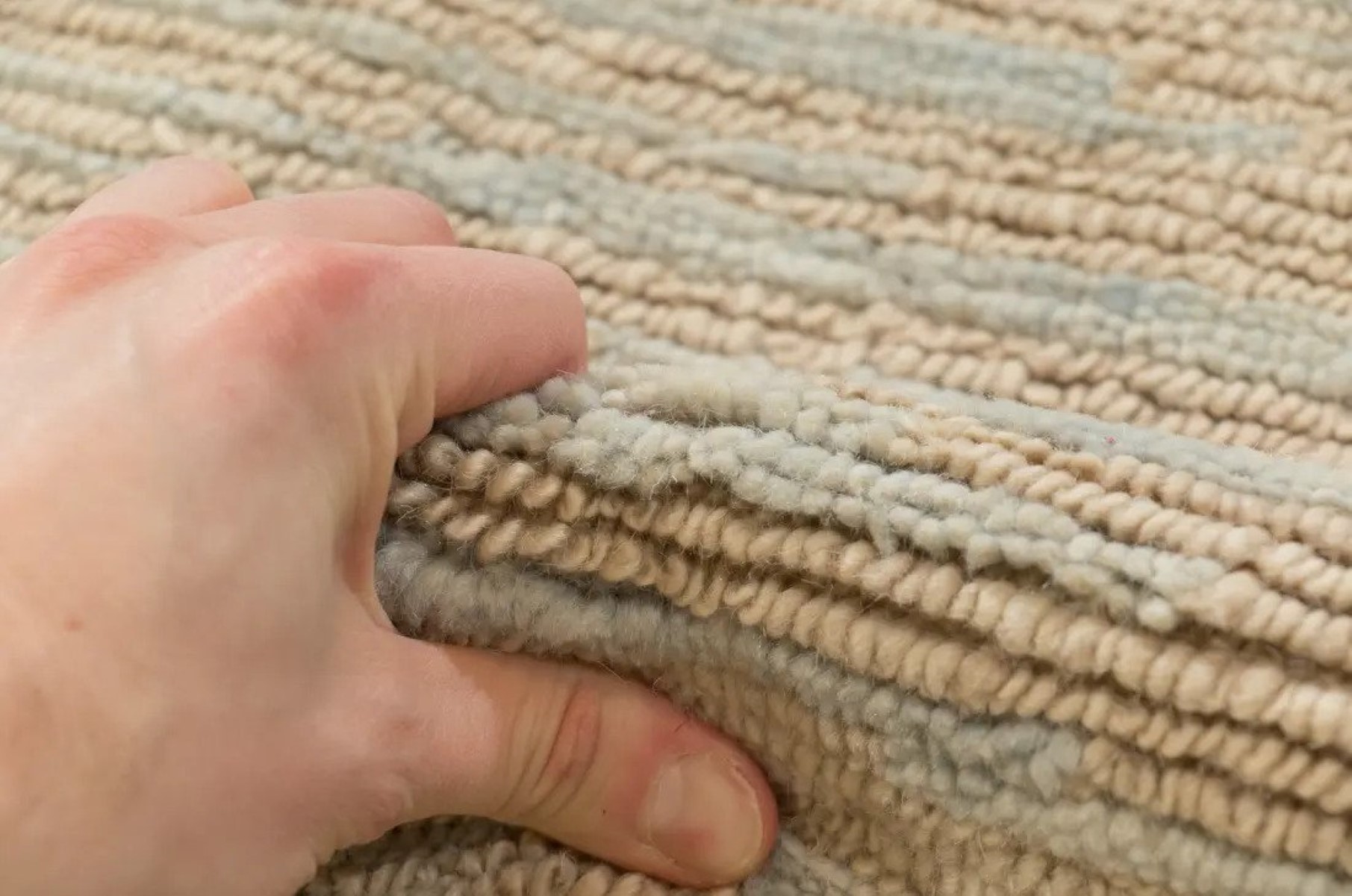
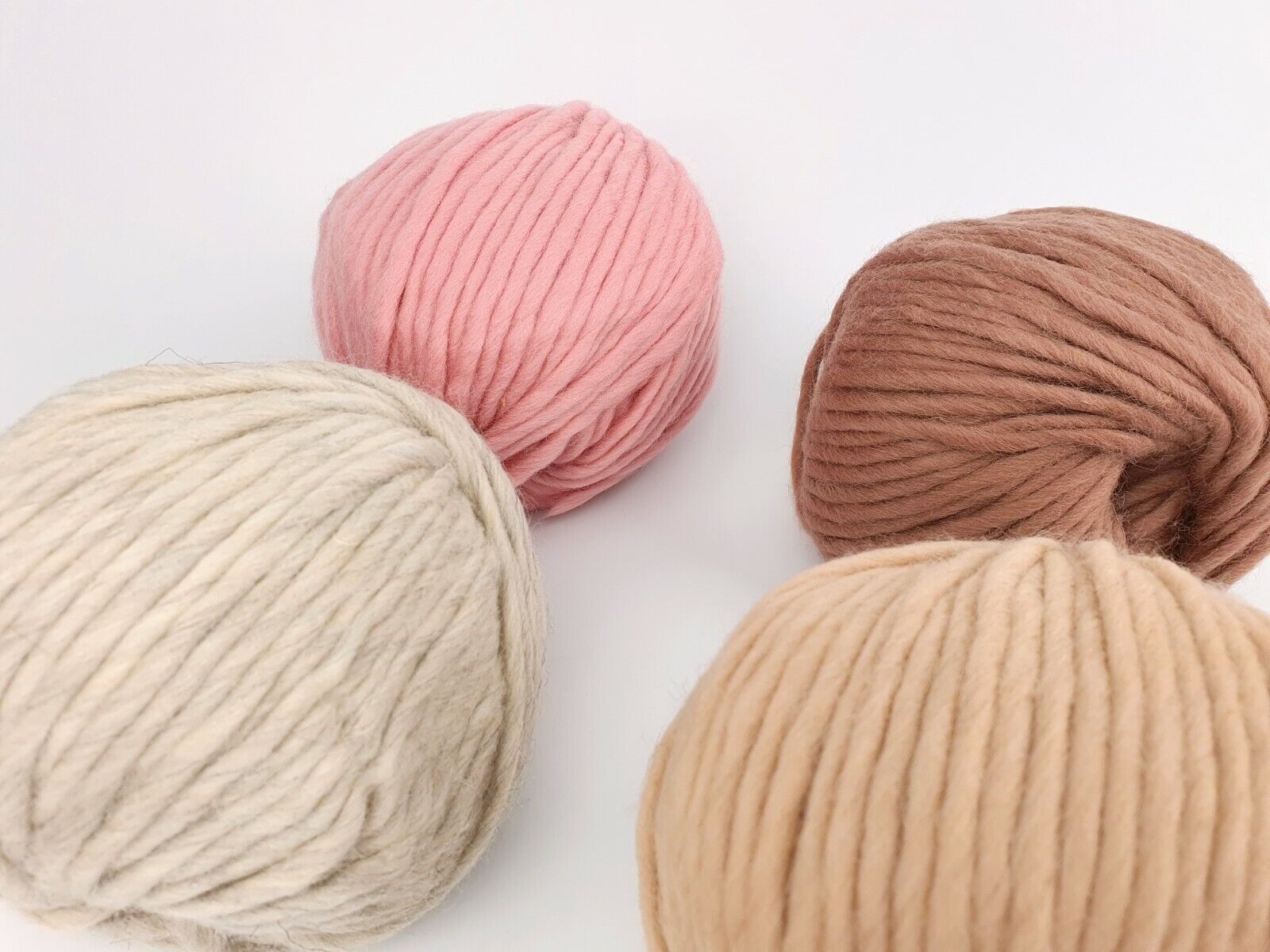

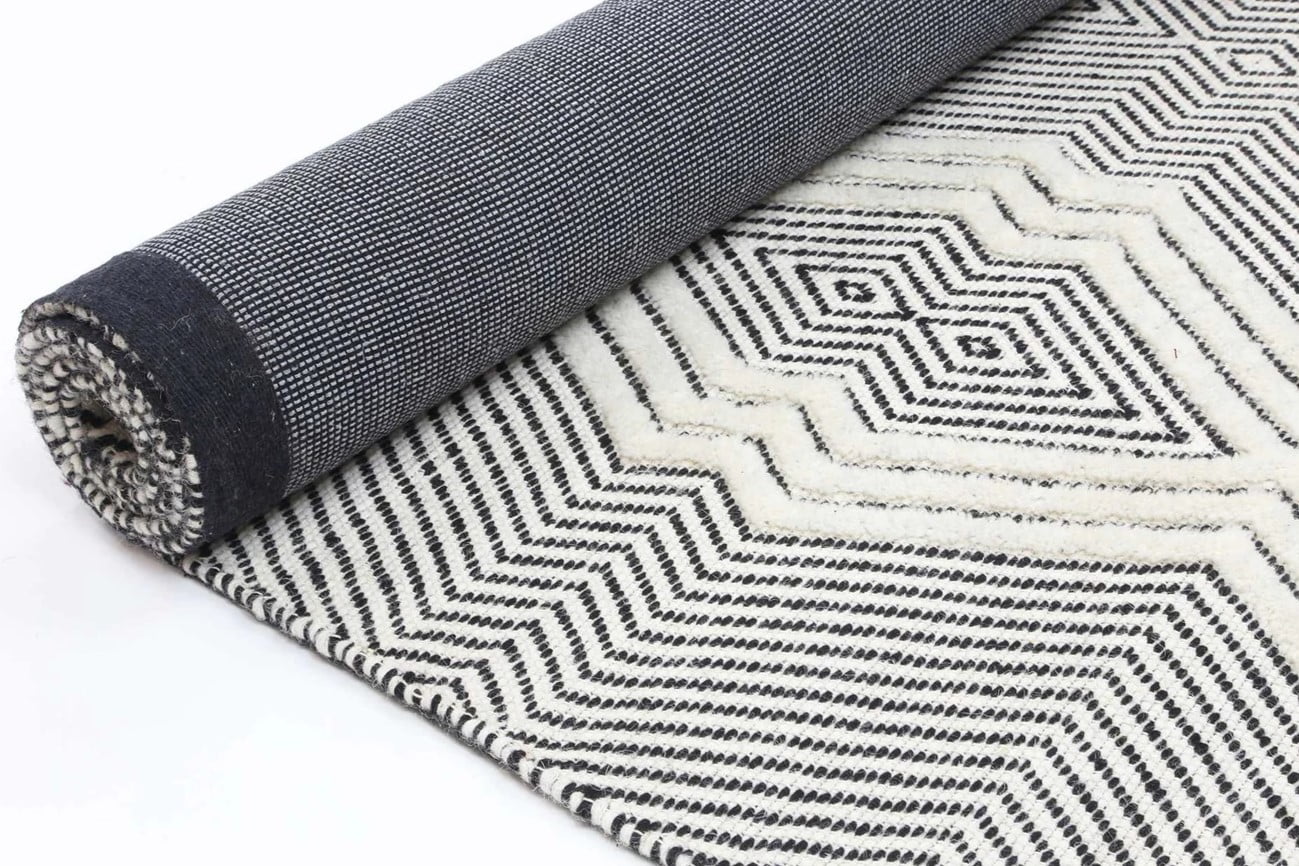


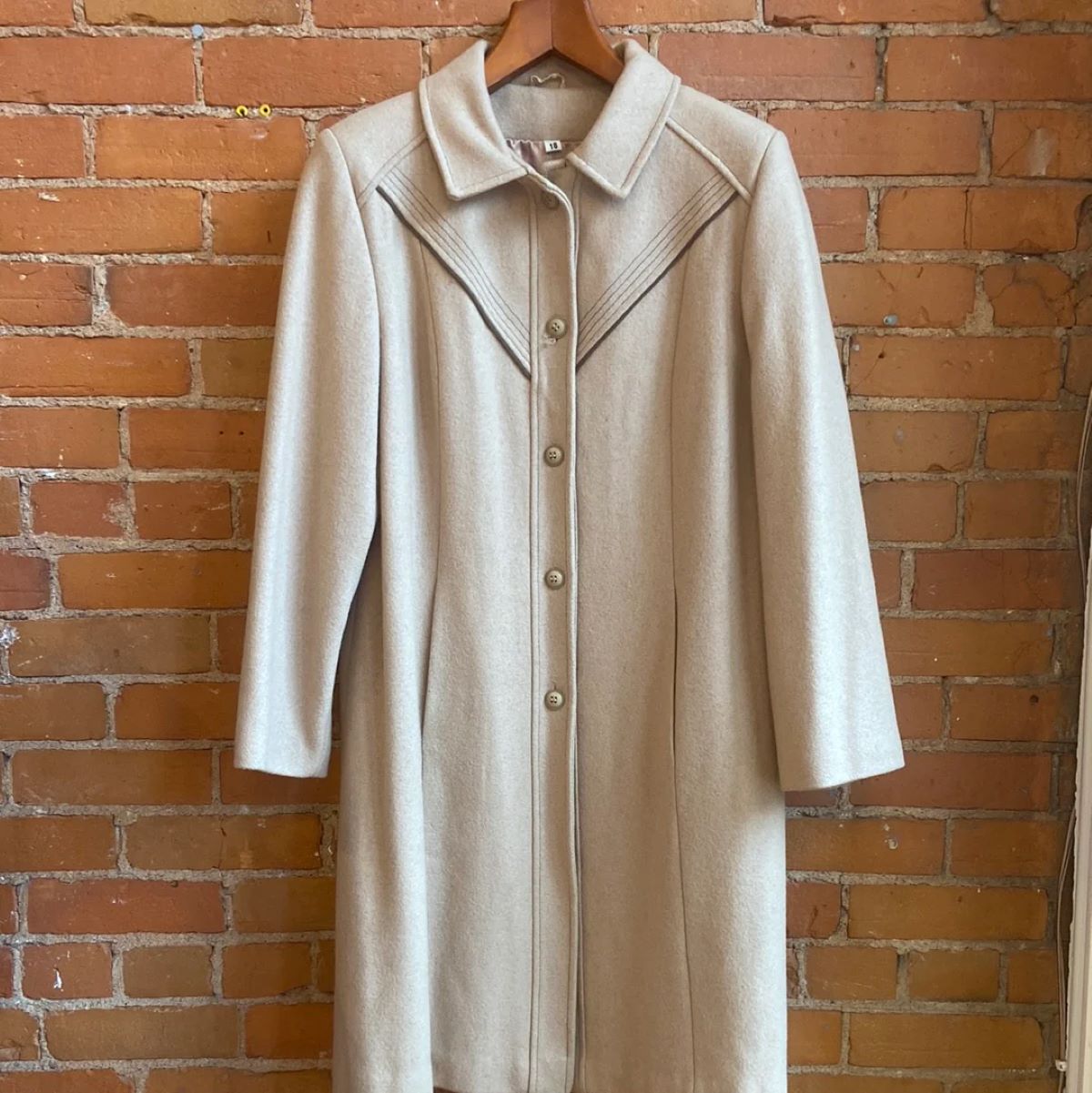
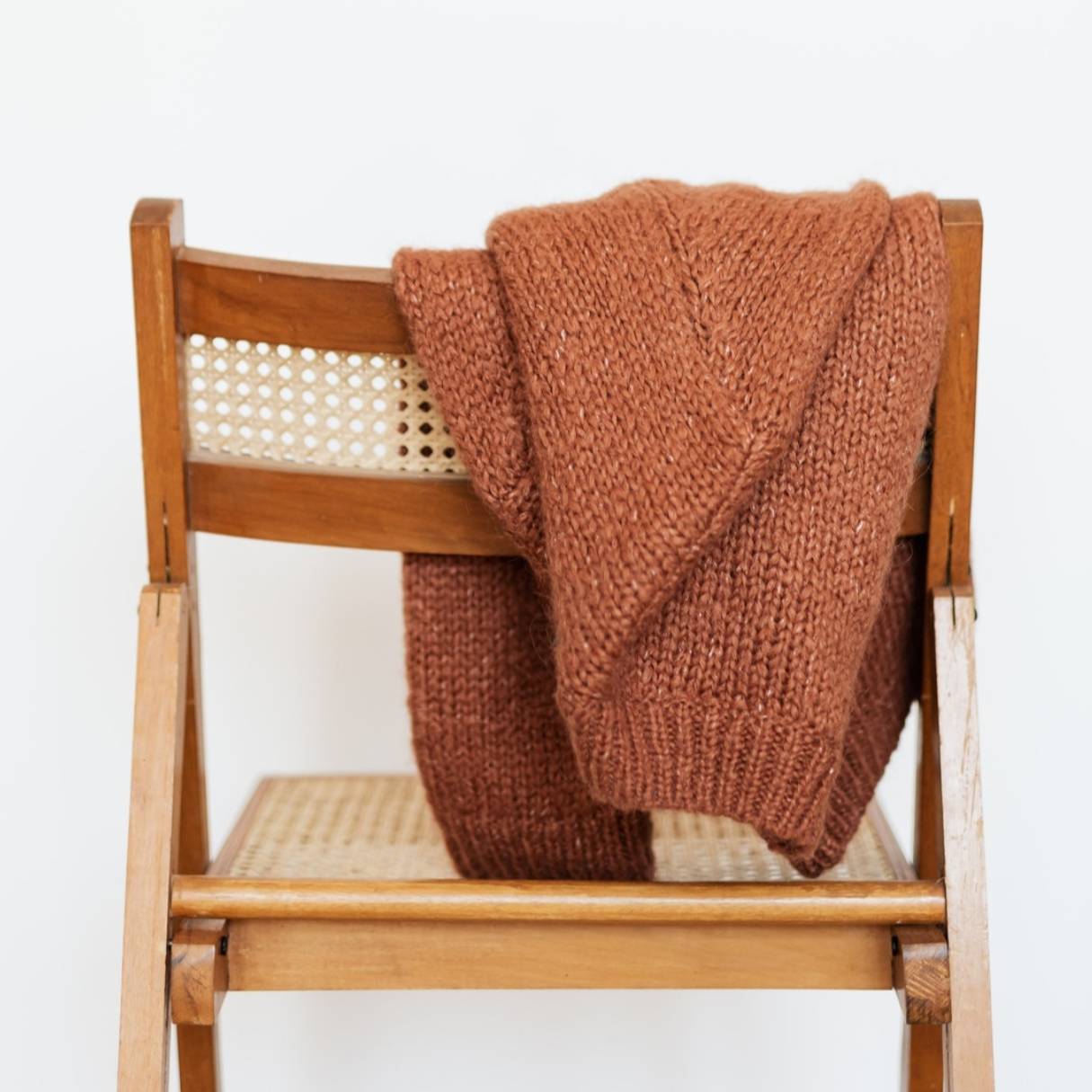
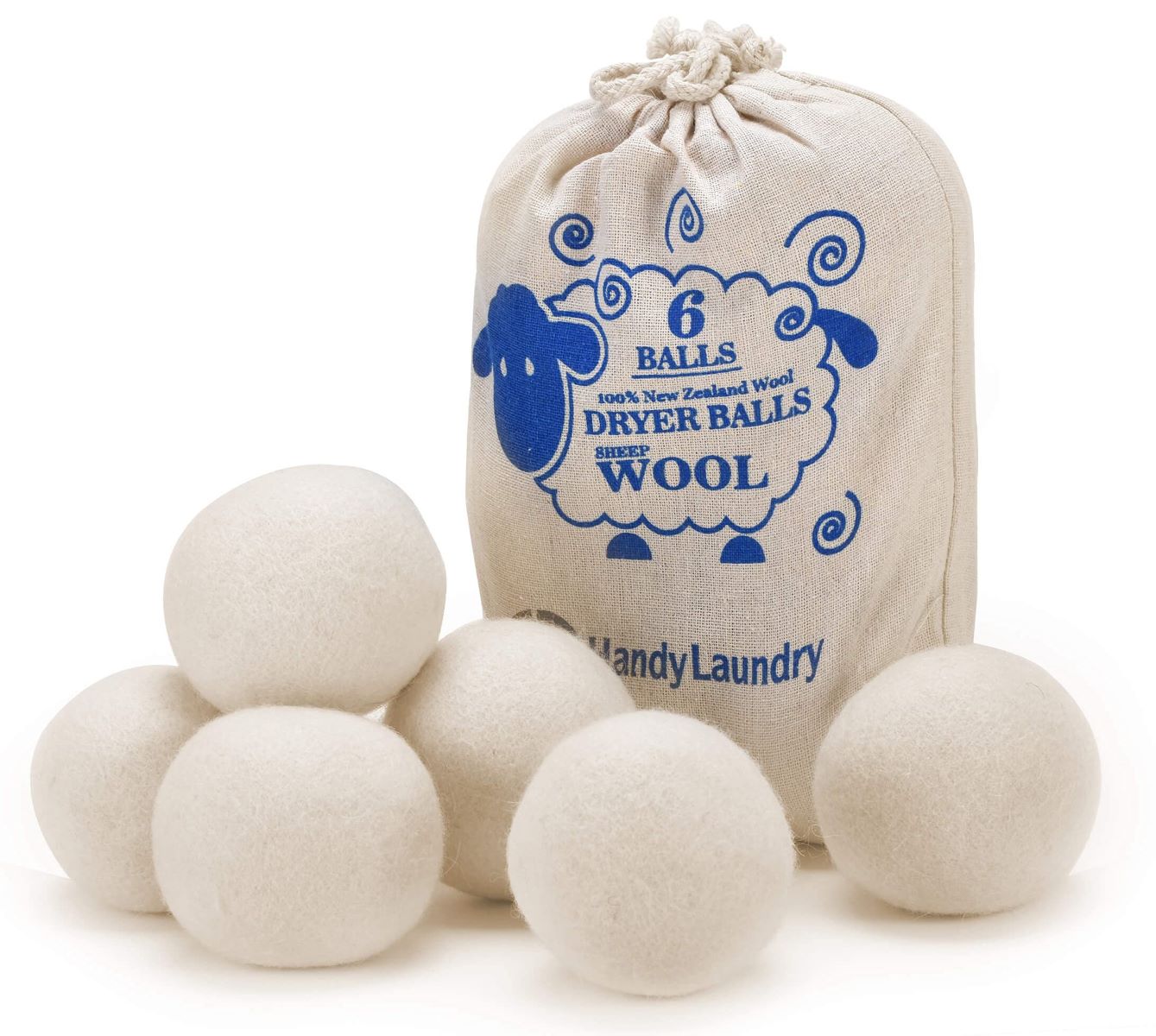
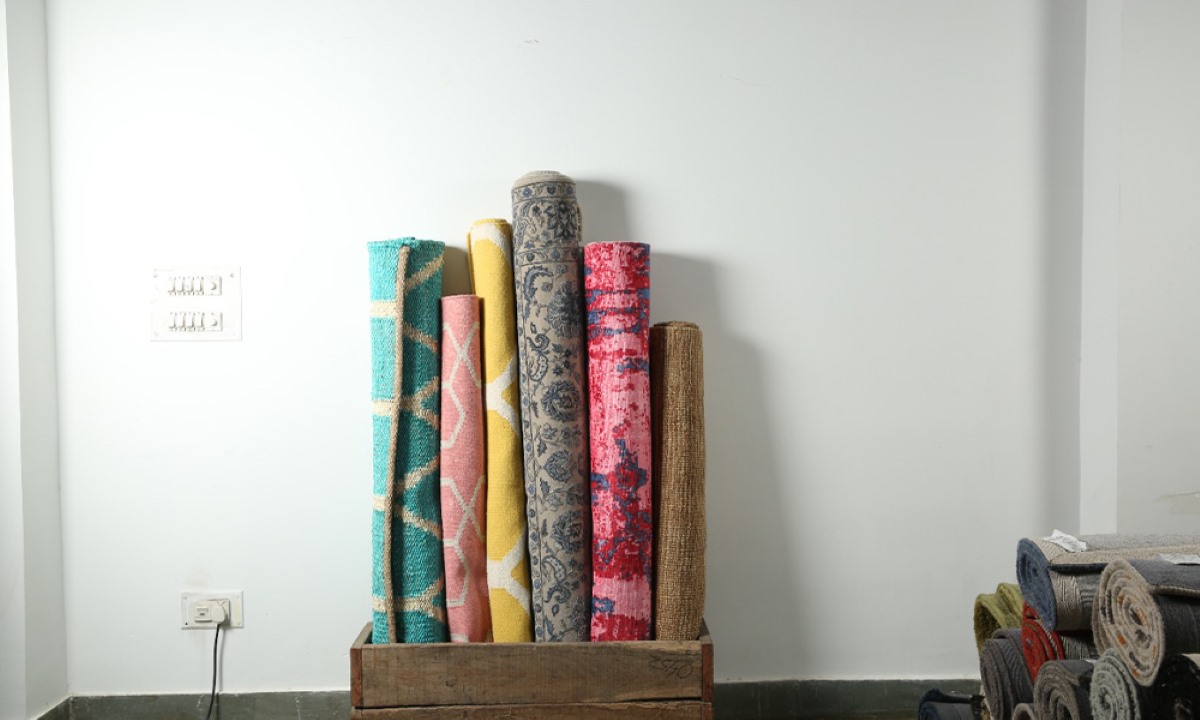

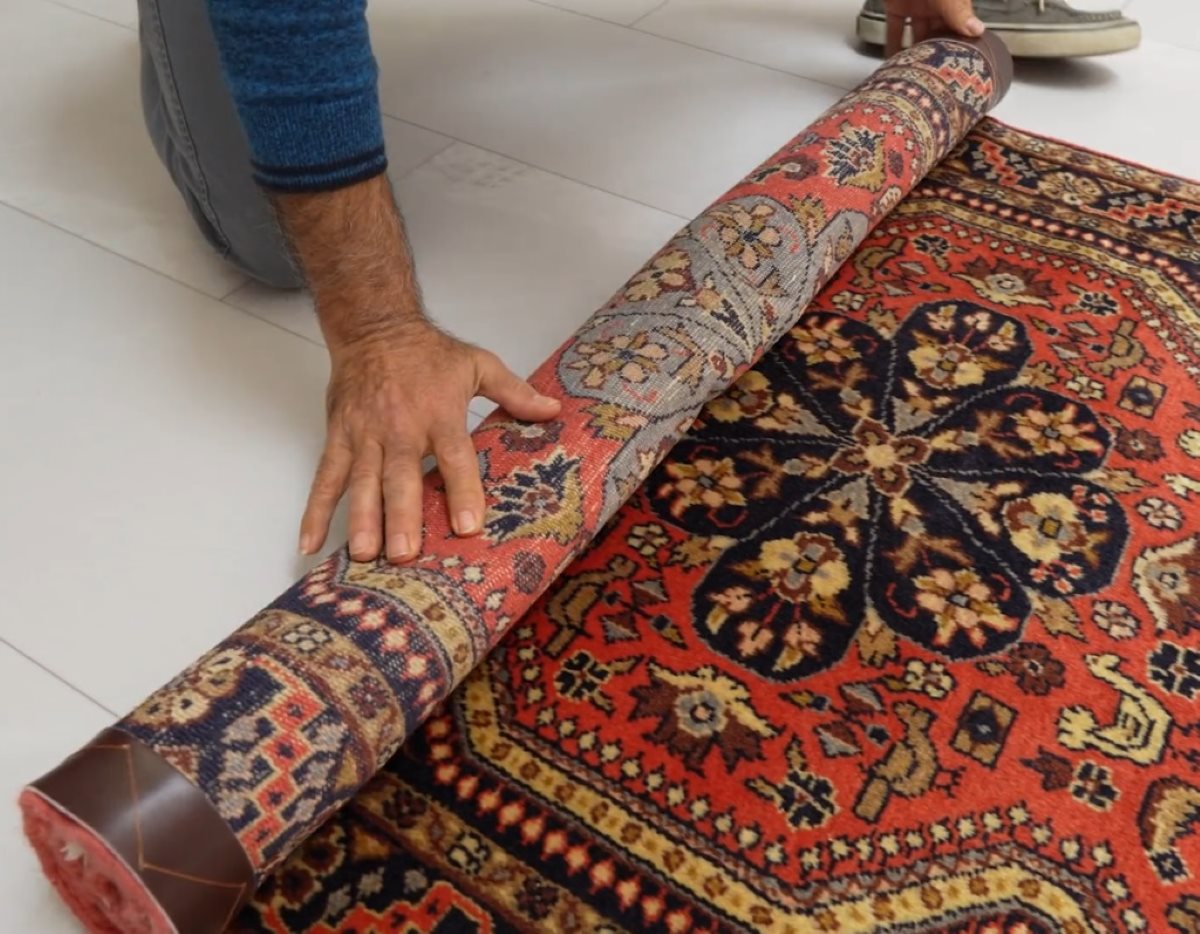
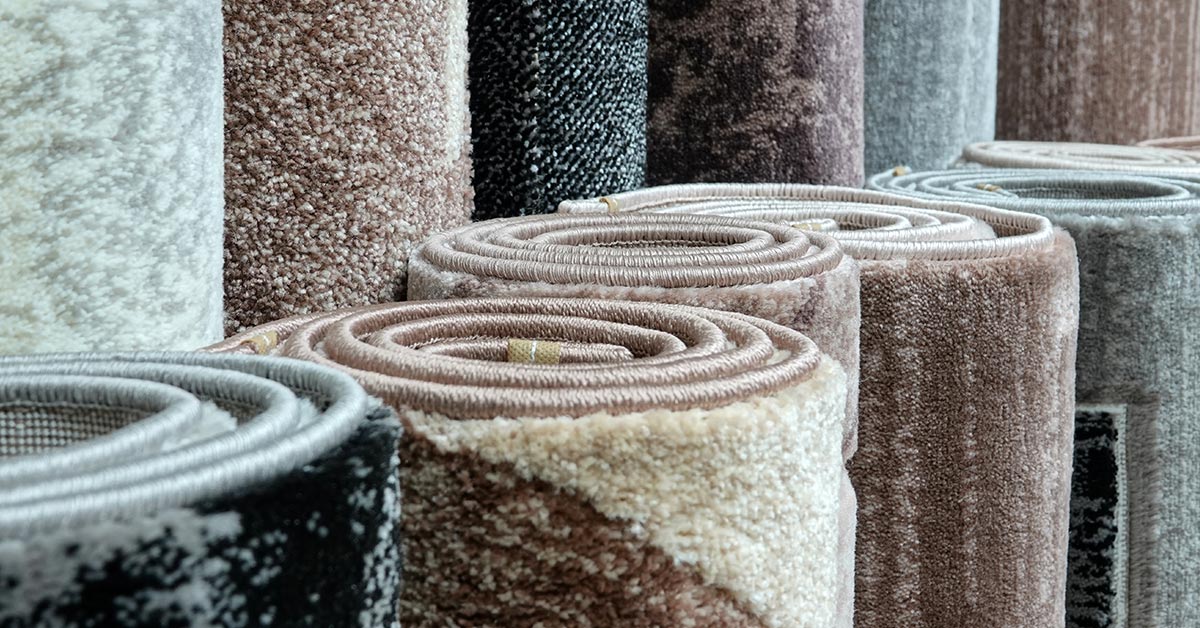


0 thoughts on “How To Store A Wool Rug”